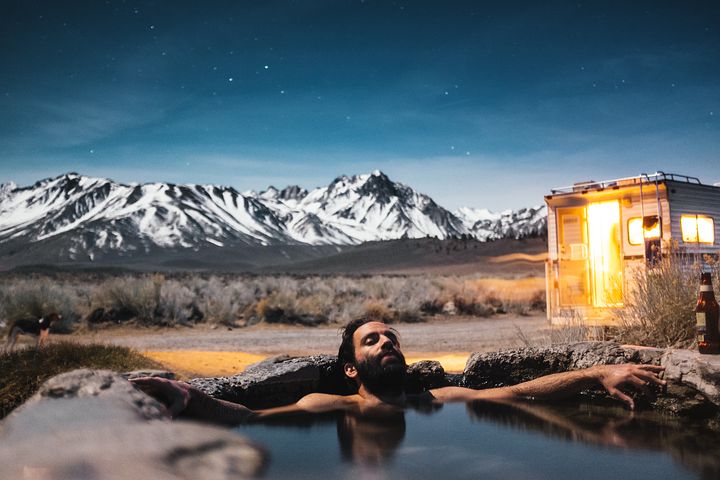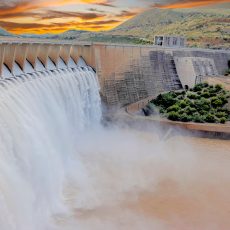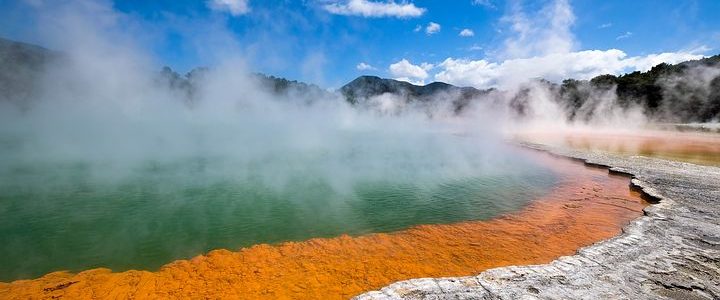
The Earth is hot. No, I’m not referring to Global Warming (not this time). The Earth is hot on the inside. How hot could it actually be, you ask? The inner core of the Earth is about 10,800° F, which is as hot as the surface of the sun. So pretty damn hot! This heat provides Geothermal Energy: a constant supply of completely clean, sustainable energy, it’s just up to us to find the best way to tap into it, store it and utilize it. Okay, so it’s not as simple as perhaps that sentence implies…but it’s no doubt something we have to keep working on. We can’t give up because it’s difficult…where would we be if all the great inventors and creators of the past gave up just one fail short of a success?
So, back to geothermal energy. Humans have actually been using this energy source for thousands of years, for bathing and cooking. Then, in 1904 in Lardelle, Italy, a plant was built to generate electricity from geothermal steam. Initially, this power was enough to light only 5 light bulbs. But today, this plant generates 545 MW of electricity. For perspective, a typical coal power plant provides about 600 MW. So clearly this energy source is worthy of continued investment of time and money!
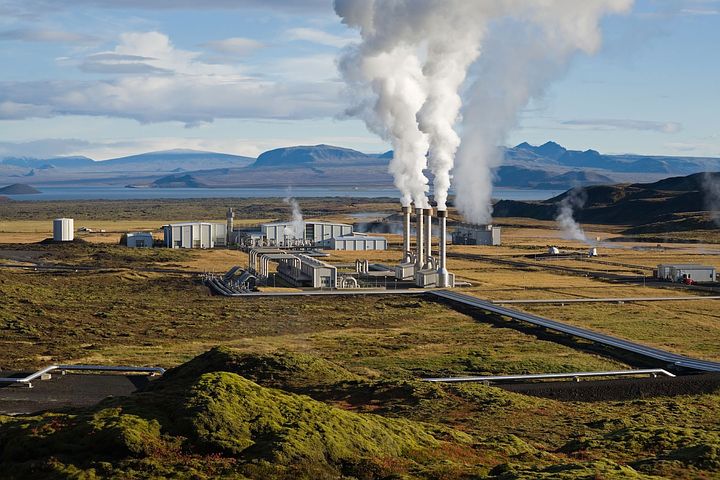
Geothermal energy comes in either liquid or steam form, and sits within varying depths of the Earth’s layers. The 4 main layers of the Earth (Crust; Mantle; Outer Core; and Inner Core) all provide different levels of heat within the rock and/or magma. Even the upper 10 feet of the Crust provides quite consistent heat, of between 50-60° F, which can be used via a geothermal heat pump to heat or cool buildings. 90% of the heating for buildings in Iceland is provided through this method! From only slighter deeper within the Earth, geothermal water can also be used for heating buildings or, as seen in Boise, Idaho, melting snow from the sidewalks.
On a larger scale, there are three types of geothermal power plants: dry steam; flash and binary. Dry steam literally takes the steam out of a fracture in the ground and uses it to drive a turbine. Flash plants pull deep, high pressure hot water into pools of cool water, thereby making steam, which drives a turbine. In binary plants, the hot water extracted is passed by another fluid which has a lower boiling point than water, thereby creating vapor which drives a turbine. Binary plants are likely to be the most common geothermal power plants of the future, as it requires only a medium temperature field to begin with.
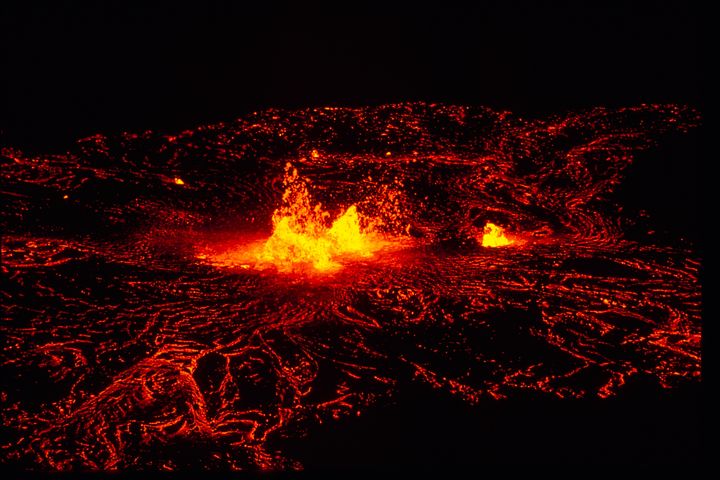
Then of course there’s raw magma…but the tech to capture this heat is a way off.
Hot dry rock is one of the best sources for geothermal energy, as it’s abundant and available widely across the globe. To use this, there must be two wells drilled to about 3-5 miles, and spaced about 2 miles apart. Cold water is injected under high pressure down one well, and then drawn up from the second well, as hot water. This technique is called an Enhanced Geothermal System. But it’s hard to get access to the right rocks, and we can’t yet achieve water flow rates which would make this system commercially feasible for providing electricity. It’s a work in progress.
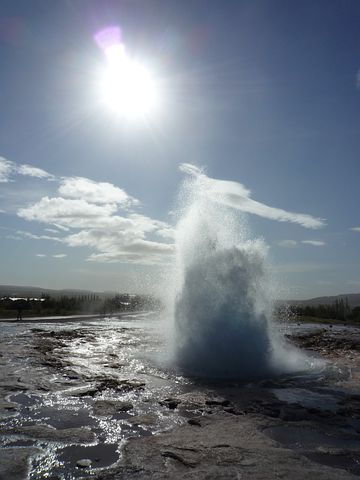
Proudly, the U.S. leads the world in the amount of electricity generated from geothermal energy production, with the most developed geothermal field being The Geysers in Northern California. But before we pat ourselves on the back too hard, this still only equated to 0.4% of the total U.S. electricity requirement for 2017. Once again, we’re in a position where we’ve been given this amazing resource, we just have to figure out how to use it. It won’t be fast or cheap, but geothermal energy is the absolute largest renewable, sustainable and clean energy source we have. Sounds too good to be true…are there disadvantages? Unfortunately, yes. There are minor concerns around the release of hydrogen sulfide, carbon dioxide, methane and ammonia, but it is far below the levels of greenhouse gases released through fossil fuel mining and energy production. Also, the drilling needs to be done mindfully – given the location of accessing this heat, between tectonic plates, there is sometimes concern around increasing risk of earthquakes. But most cons are related to individual’s access and utilization of geothermal energy, rather than when it’s done on a commercial scale. And these small downsides are put into perspective easily: geothermal plants use only 10% of the land requirement for a coal or wind power plant; and 0.2% of the freshwater requirement of nuclear, coal or oil. Another huge advantage geothermal energy has over other renewable sources is that it’s not dependent on the sun, like solar, wave, or hydro energy. This makes it far more reliable.
So next time you’re taking a relaxing and healing dip in a hot spring, think about how lucky we are to inhabit this Earth, and how wonderful the resources she provides us with are. Then plan one extra way of being more sustainable tomorrow than you were yesterday.
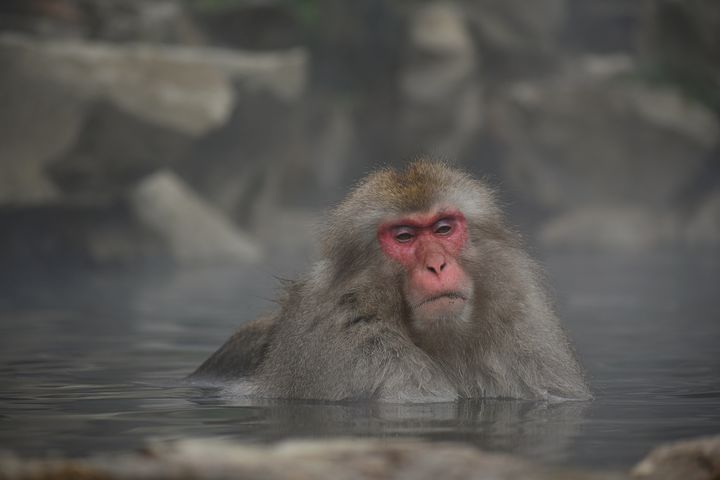
It’s not just humans who bliss out in a nice hot spring…
